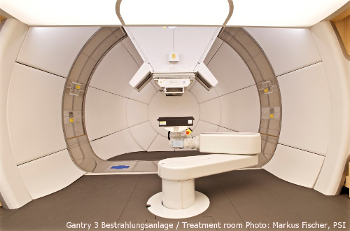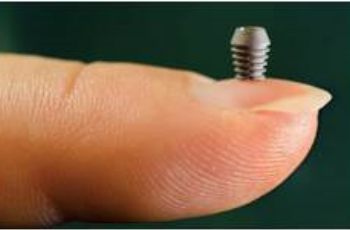Specialists in Retina implant
1 Specialist found
Information About the Field of Retina implant
What kinds of retinal implants are available?
Two types of retinal implant devices can be distinguished: subretinal and epiretinal implant. Subretinal implants consist of a microchip that is placed behind the retina. It’s made up from numerous so-called photodiodes capable of converting light into electrical signals as well as stimulating electrodes that can transmit these signals to the functioning part of the retinal nervous system and eventually to the optic nerve. The brighter the light, the stronger the electrical stimulus. The optic nerve will transport it to the brain and patients can perceive it optically. Also epirenal implants consist of a microchip. However, in this case it is only implanted in front of the retina and contains only stimulatory electrodes. Incoming light rays are therefore not converted to electrical signals within the eye, which is carried out by an external camera that is usually built into a pair of glasses. The camera receives the signals and forwards them to the microchip wirelessly and from where they can be transmitted the same way as for subretinal implants.
Retinal chip for retinitis pigmentosa
The retina can be affected by a number of genetic diseases which are summarized under the term retinitis pigmentosa. A genetic defect is responsible for the progressive death of nerve cells. This process usually begins in adolescence and will lead to gradual loss of eyesight and eventually blindness. To this day there is no cure for this condition with medication or surgery. There are, however, promising therapeutical approaches in the field of neurotechnology. Recent studies revolve around the development of the so-called retinal implant.
What is the effect of retinal implants?
Unfortunately, debility of sight caused by retinitis pigmentosa cannot be completely restored by an implant. The newest generation of these devices is supposed enable affected individuals to perceive light sources and contours, though. This means that they can orient themselves better in their surroundings and distinguish objects, even though they remain fuzzy.
How are retinal implants placed?
First of all, retinitis pigmentosa needs to be diagnosed by an ophthalmologist, followed by a thorough ophthalmological and general preliminary assessment. Patients need to have a good general health status for the surgery which takes several hours.
During the operation, at first a receiver coil is placed into the skull bone behind the patient’s ear. It serves to supply electricity to the microchip to which it is connected with a silicone-coated cable. Following this, the surgeon will access the retina via a small incision through the sclera and carefully fix the microchip underneath or on the retina. After the procedure, patients need to recover before activating the implant.
Medical Articles
Your benefits
If you have found a matching specialist, you can contact him/her directly and upload records if needed. And in case you need treatment, you can…
We will direct your request to the appropriate specialists
We are happy to assist you in choosing a specialist for your needs. The service of PRIMO MEDICO is always free, confidential and discreet for…
The treatment of scoliosis in transition - When is surgery necessary?
Scoliosis is a lateral deviation of the spine. This usually involves torsion of the individual trunk sections as well as a change in the side…
Specialists' Second Opition
Many people suffer from shoulder pain or hip problems. In this case, doctors quickly recommend surgical intervention. But is this really always…
High-tech against cancer: new treatment facility put into operation
At the Paul Scherrer Institute in Switzerland a new state-of-the art treatment facility, the so-called Gantry 3, has been put into operation.
Implants: "The Longer, the Better" Has Had Its Days
Ultra-short implants have a significantly better durability than expected by experts - with lower costs, treatment times, and complications.
Modern Prostheses for Natural Walking
The ankle joint is particularly susceptible to degeneration such as osteoarthritis. It has to bear the greatest weight of all joints in the body.




![[Translate to English:] Zweitmeinung von Spezialisten [Translate to English:] Zweitmeinung von Spezialisten](/fileadmin/user_upload/Zweitmeinung-von-Spezialisten_350px.jpeg)


